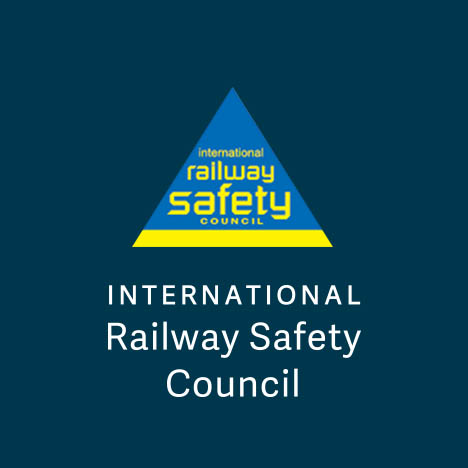The project team developed a train-borne infrastructure inspection system and utilized various advanced technologies including Simultaneous Localization and Mapping (SLAM) in the 4th Generation of LiDAR, stereo computer vision with advanced AI algorithms, dual-band infrared imaging and edge computing with 5G technology for infrastructure inspection. The system is mounted on the passenger train and detected the concrete spalling & crack, water seepage and trackside equipment displacement along the
tunnel at 80kph train speed during service hours.
The 4th Generation of LiDAR with SLAM technology produced a precise 3D point cloud for mapping and positioning of train and infrastructure defects inside the tunnel. The LiDAR is capable to scan the surrounding environment at 10 rotations, 2.6 million points per second, this new technology allows tunnel inspection performs at 80km/h. The position accuracy is within 1 meter which is more precise than the traditional GPS or Bluetooth positioning solution. These 3D point cloud images can also be used to generate a 3D BIM model and to build in the asset information for asset management. Combining stereo computer vision and advanced AI algorithms can significantly widen the view of scene and enhanced the depth of view. It enhances the accuracy of identifying infrastructure defects including concrete spalling, cracks, water seepage and detection of abnormal trackside equipment displacement.
The AI algorithms can provide predictions on worsening of infrastructure defects. The dual-band infrared imaging (short-wave and near-infrared bands) expands the dynamic range of IR detection for distinguishing concrete cracks and water seepage inside the tunnel. Edge computing with 5G technology empowers real-time defect detection capability on the passenger train.
The System was successfully installed on a passenger train in December 2022 and put into trial run in March 2023 with promising results. We trust that this project will achieve great success in the railway industry, and it will be beneficial for the railway authorities and relevant stakeholders. It can also be beneficial to other trades which require an efficient and effective solution for the inspection and monitoring of their infrastructure assets.

